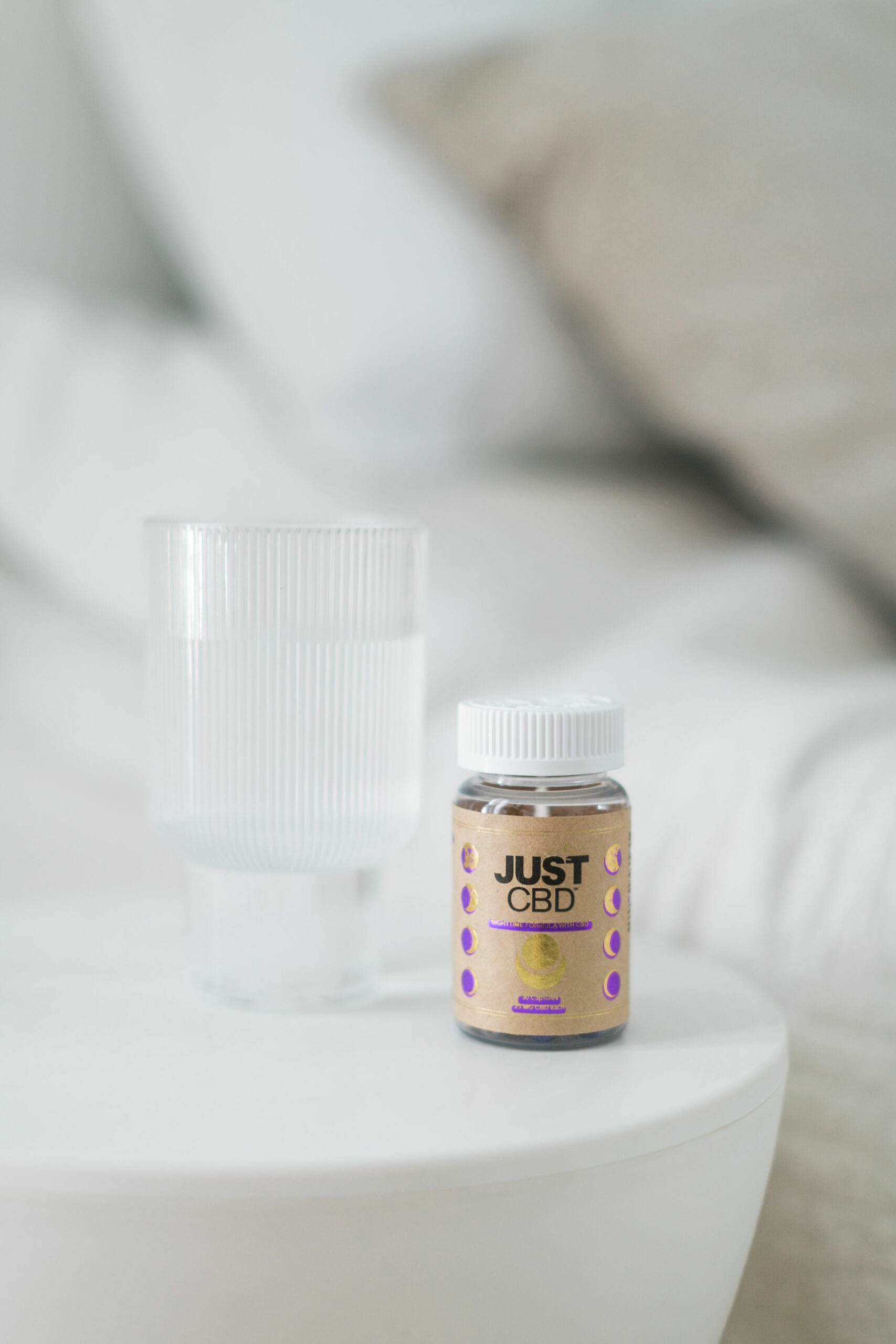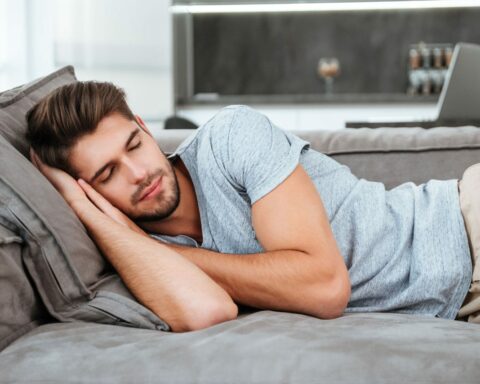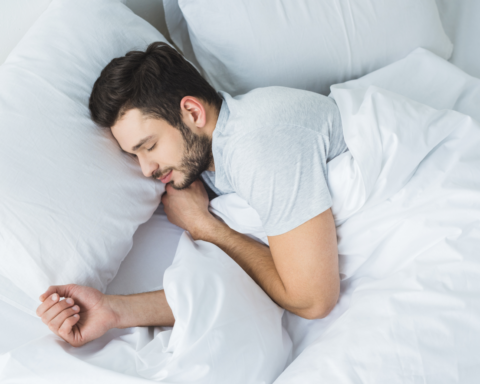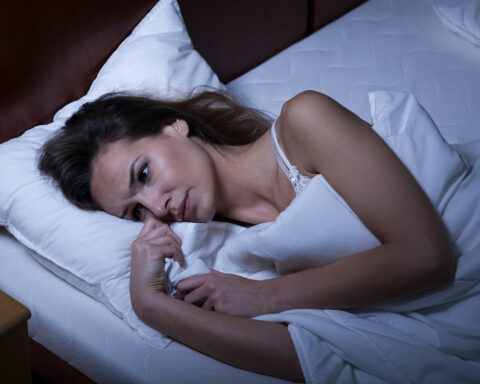Research shows that 44% of adults experience sleep deficiency and sleepless nights in today’s society. Tossing, turning, and gazing at the ceiling have become their routine because they find difficulties falling and staying asleep. Having a quality sleep is vital because it enables one to be more focused and productive, boosts mood, controls weight, improves the immune system, and ensures the general health of an individual. Relaxation techniques to improve sleep are; self-hypnosis. Meditation, breathing, brain wave music, and progressive muscle relaxation.
As illustrated in the article, there are powerful relaxation techniques that one can apply to help gain a deep and restful night.
How do relaxation techniques work?
The relaxation technique helps manage stress and anxiety, especially when getting out of control. Relaxation techniques are easy to apply, need no, cost, and can be held anywhere preferable. According to Schene, Van, et al. (2001), theBenefits of relaxation techniques involve; improved sleep quality, slowing down breathing rate, lowering fatigue, reducing tension in muscles, reducing stress hormones activities, improving digestion, and enhancing blood circulation in the money, among many more. Practicing relaxation techniques helps create a calm effect on both the brain and body. It aids in improving sleep quality, enhances mood, and reduces anxiety and physical illnesses like blood pressure stay at bay.
Relaxation techniques for sleep
Relaxation techniques discussed below should not be practiced when operating on machinery when driving a vehicle or engaged in any other activity that requires full attention. You can get involved in an accident that might cause severe injuries or claim your life.
Deep and slow breathing
When we feel depressed, anxious, and stung out, taking deep and slow breaths ins and outs can be a powerful remedy that reduces muscle tension, calmness of the mind, relaxation, and heart rate.4-7-8(deep diaphragmatic breathing) is a breathing technique that does not require any extra tool and can be done anywhere and in whichever position you’re in, whether standing, sited, or lying down. With this technique, you have to inhale for 4 seconds, hold your breath for 7 seconds, and exhale slowly for 8 seconds. This technique increases oxygen levels in your body and improves breathing patterns; hence, you will be in a better position to fall asleep faster and better at night.
Meditation (guided imagery)
It is a situation where you cast an imaginary image in your mind. Focus attentively on your soul and mind. An example of this is when you decide to think about the beautiful scenery of the sunset, assume you’re at the beach, staring at the sun’s dawn. Immerse yourself into the whole event, feel the cool breeze, gaze at the beautiful image of the sun as it settles down the horizon and beautiful rays reflected on the wat, and listen to the sounds of birds from within. Get fully involved, and for better results, shut down your eyes. Meditation is a powerful technique that relaxes the cardiac rhythm and calms the mind from anxiety, preparing your body to relax for better and quality sleep.
Progressive muscle relaxation
This technique encourages relaxation, manages stress, and allows deeper sleep. It involves squeezing and clenching the muscles, enabling you to breathe fully. For best results, do it when lying on your bed. If you don’t know how these techniques are done, let’s have a quick preview. Clench all the body muscle groups together, starting from the head, face, arms, shoulder, back, and legs. Breathe in and out gently as you clench. To feel the difference between after and before, do a body scan mentally, and you will feel more relieved, relaxed, and ready to fall asleep.
Yoga and stretch outs
Yoga is a slight exercise that helps calm the mind and relax the body. It doesn’t require much effort. Yoga helps guide yourself via the main 4 brain wave activities, i.e., beta, alpha, theta, and data, which aid in improved sleep. You can do yoga while sited or standing, be careful only to practice simple yoga styles because they are perfect for inducing sleep. You can search and watch simple yoga on YouTube or get a personal trainer if you’re a beginner. Stretching helps release muscle tension and relax the body from tiredness and boredom, allowing you to have a fruitful sleep all night long.
Self- Hypnosis
It’s allowing your mind and body to be engrossed in a hypnosis state. It’s a positive state involving yourself. The guidelines for self-hypnosis are to search for a comfortable and quiet place and allow you to have a comfortable environment and relax your mind by involving a hypnotic induction. You can introduce any suggestion to yourself and then return to the usual state.
Brain wave music
Music is a powerful therapy that allows one to sleep soundly. Download a playlist of soothing musical instruments or cool soft music from Spotify or other music apps. Listen to the music at a low volume and try to close your eyes as you listen. It’s a faster way to induce sleep; within no time, you will be fully asleep because soothing music relaxes the body and calms the mind allowing you to fall asleep.
Conclusion
Sleep deficiency is a common disorder that affects many people in society. The sleepless night leads to poor performances, lack of concentration, and slaggy or cranky the next day. Practicing a relaxation technique is a major aid that you can use to restore quality sleep. Taking deep and slow breaths can be vital, such as practicing brain wave music. Doing yoga and body stretch-outs, self-hypnosis, progressive muscle relaxation, and meditation. They help calm the mind and relax the body, enabling you to fall asleep faster, sleep longer, and wake up feeling energized and fit for work.
References
Chang, J. J., Pien, G. W., Duntley, S. P., & Macones, G. A. (2010). Sleep deprivation during pregnancy and maternal and fetal outcomes: is there a relationship?. Sleep medicine reviews, 14(2), 107-114.
Van der Klink, J. J., Blonk, R. W., Schene, A. H., & Van Dijk, F. J. (2001). The benefits of interventions for work-related stress. American journal of public health, 91(2), 270.
- What Are the 7 Chakras and How Can You Unblock Them? - April 19, 2024
- THCa Flower by Perfect Plant Markey - September 21, 2023
- Arches Audio Shares Their Secrets For Starting A Successful Podcast - July 7, 2023









